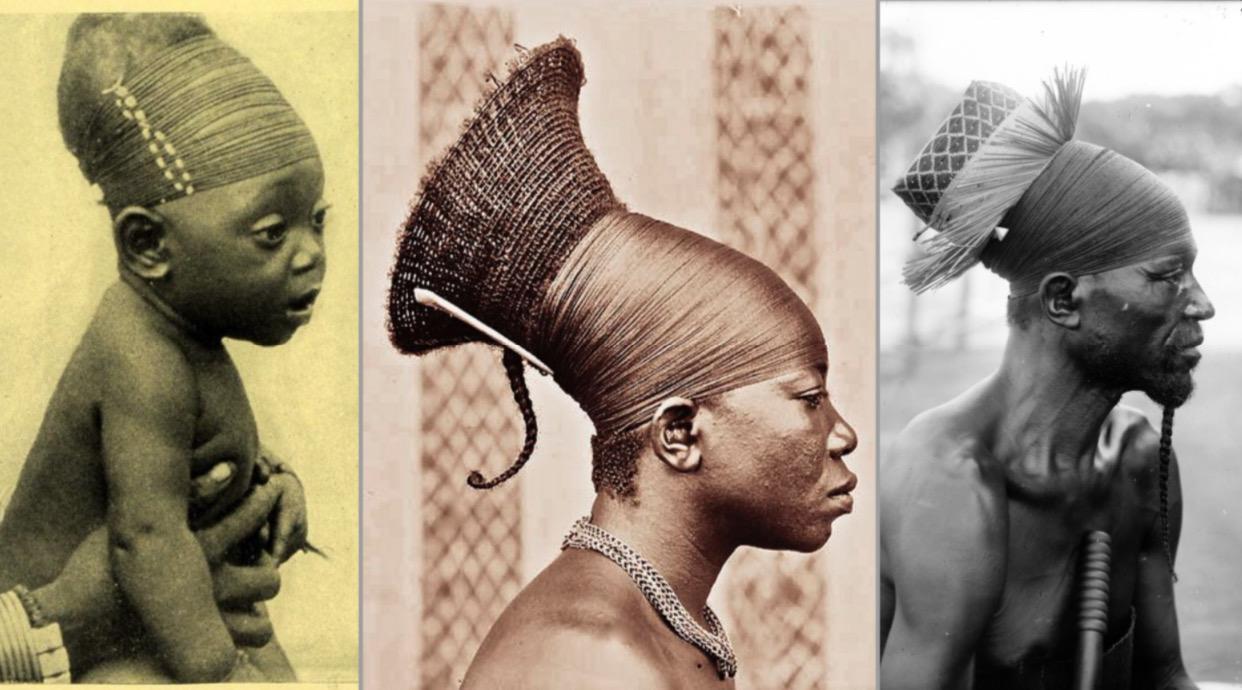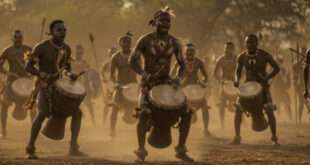The Mangbetu are people from the Democratic Republic of the Congo who speak Central Sudan and live in the northeastern province of Haut-Uele.
In the regional language of Lingala, the language is called Kingbetu, but the Mangbetu call it Nemangbetu. It is a member of the family of languages of Central Sudan.
As the saying goes, “beauty is in the beholder’s eyes” The Mangbetu people of the Democratic Republic of Congo consider what appears to be a major skull deformity to be a sign of great beauty and social standing in society.
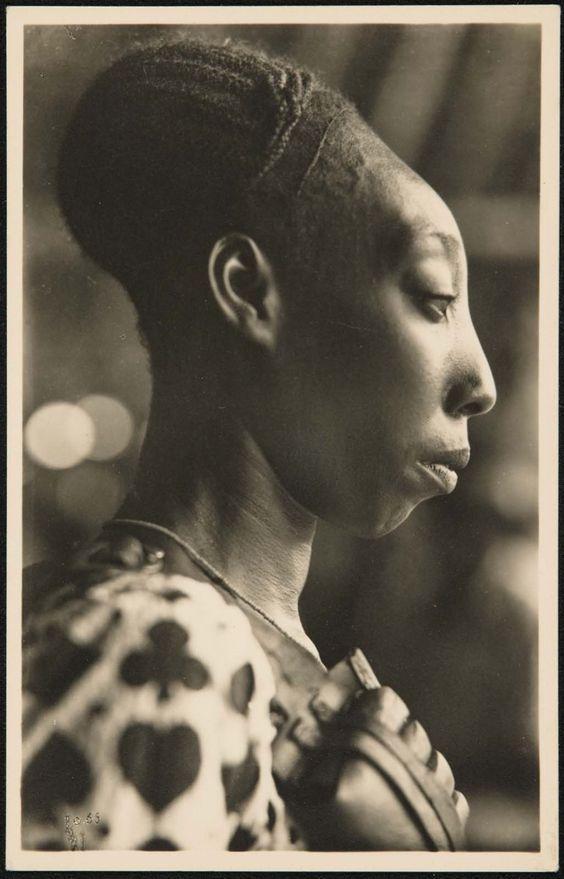
The Mangbetu people located in the most distant regions of northeastern DRC, have an unique physical appearance that is primarily emphasized by their elongated heads.
Although some people may perceive this physical trait as a severe deformity, it is regarded by the Mangbetu people as a sign of beauty, dignity and power.
The Mangbetu are also renowned for their highly developed art and music. The Mangbetu harp or guitar is one instrument that is associated with and named after them.
The Mangbetu were also sought out by musicologists to make video and audio recordings of their music.
Members of this tribe in ancient times viewed the deformation of the skull as a sign of higher intellect and a mark of prestige among the ruling class.
The tradition, commonly known as Lipombo, starts one month exactly after birth and goes on until the child takes the desired form of the head for a number of years.
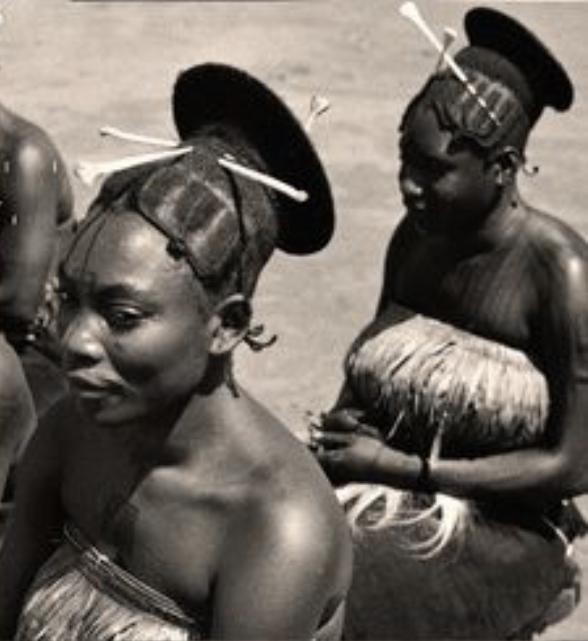
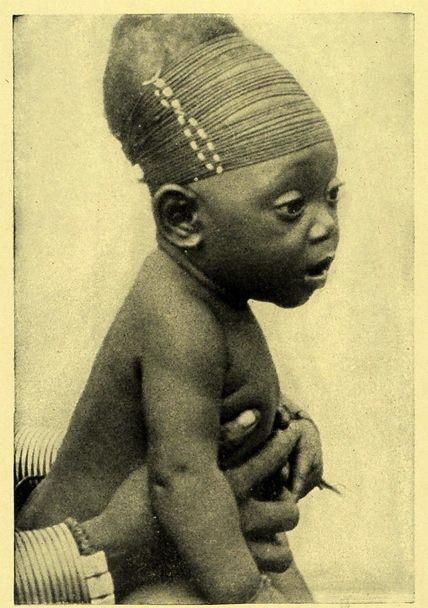
In the 19th century, several powerful kingdoms were founded throughout Central Africa by the Mangbetu tribe, whose name loosely refers to nobility, and later settled in northeastern Congo, where they practiced farming, fishing, hunting and gathering.
The tribe practiced polygamous marriage, offering a large cattle gift to its bride price, whereas its lineage was usually patrilineal. The people of Mangbetu are known as builders, potters and sculptors because of their outstanding qualification.
Their outstanding political institutions and art fascinated early travelers and invaders in the region, who were later using the same method in other parts of Africa to create political formations.
Based on two criteria, Nataate and Nakira, leaders in this society were chosen. Nataate is loosely described as the active force that exists within an individual and that gives them respect, whereas Nakira is said to be the capacity of a person to succeed in almost any attempt.
All in all, the Mangbetu tribe has been and continues to be a fascinating group of people whose magnificence and ingenuity transcend human understanding and imagination.
 The African History Truly African
The African History Truly African
